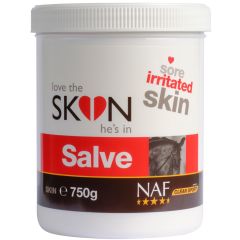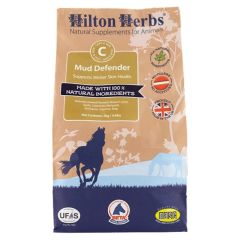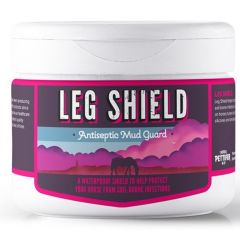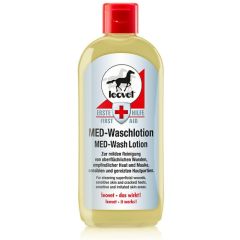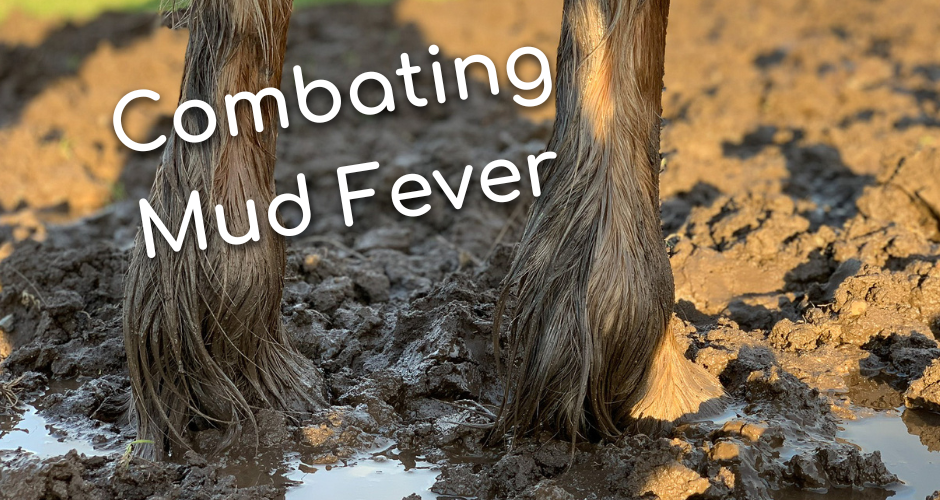Combating Mud Fever in Equines: Understanding Symptoms, Causes, and Treatments
Mud fever is a common, non-contagious skin condition among horses, which is caused by bacterial infection in damp and muddy living environments. Like many things, prevention is better than a cure as the condition can lead to significant discomfort and escalate into more severe conditions such as cellulitis or even lymphangitis if left untreated. Here, we will explore how to prevent soil borne infections of the lower limbs, mud fever symptoms, causes, and remedies.
Symptoms
Damp conditions, especially during winter months, can cause the skin to become softer, leading to micro-abrasions from particles in mud and sand, bacteria can then enter these tiny cuts causing infection and soreness. Symptoms of mud fever include:
- Swelling, pain or heat in the lower legs
- Crusty scabs on the heels or lower legs
- Broken and/or damaged skin
- Patches of hair loss with raw skin or matted hair
- A creamy, white, yellow or green discharge from the scabs
- In severe cases lameness
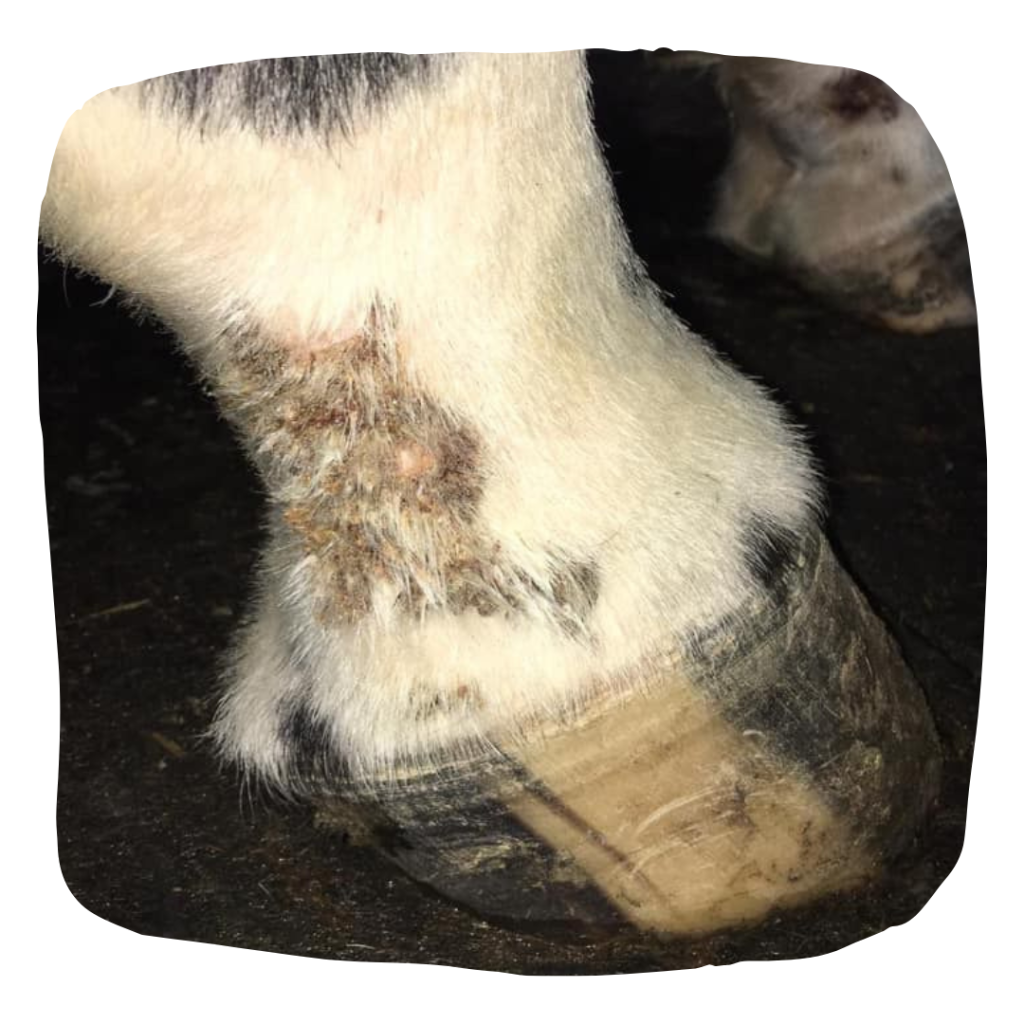
Prevention
Prevention is critical in fighting this affliction, which involves maintaining clean and dry living quarters and regular grooming. To help prevent soil borne infections from occurring you can:
- Avoid turning out in excessively wet and muddy conditions for long periods of time, good grassland management may help prevent lower limb infections by rotating fields and putting hardcore down in areas where horses gather, such as gateways.
- Bring your horse in for periods of time to allow them to stand in a dry area for a period of time daily.
- Use topical creams and ointments which act as a barrier to protect the skin, these should be applied to dry skin prior to turnout. You may also find using well-fitted leg wraps can help to keep the legs clean and dry.
- Avoid washing your horse's legs when they come in from the field. Where possible wait until the mud has dried then brush it off with a soft bristled brush. If you do need to wash your horses legs, towel dry them thoroughly afterwards with a clean towel.
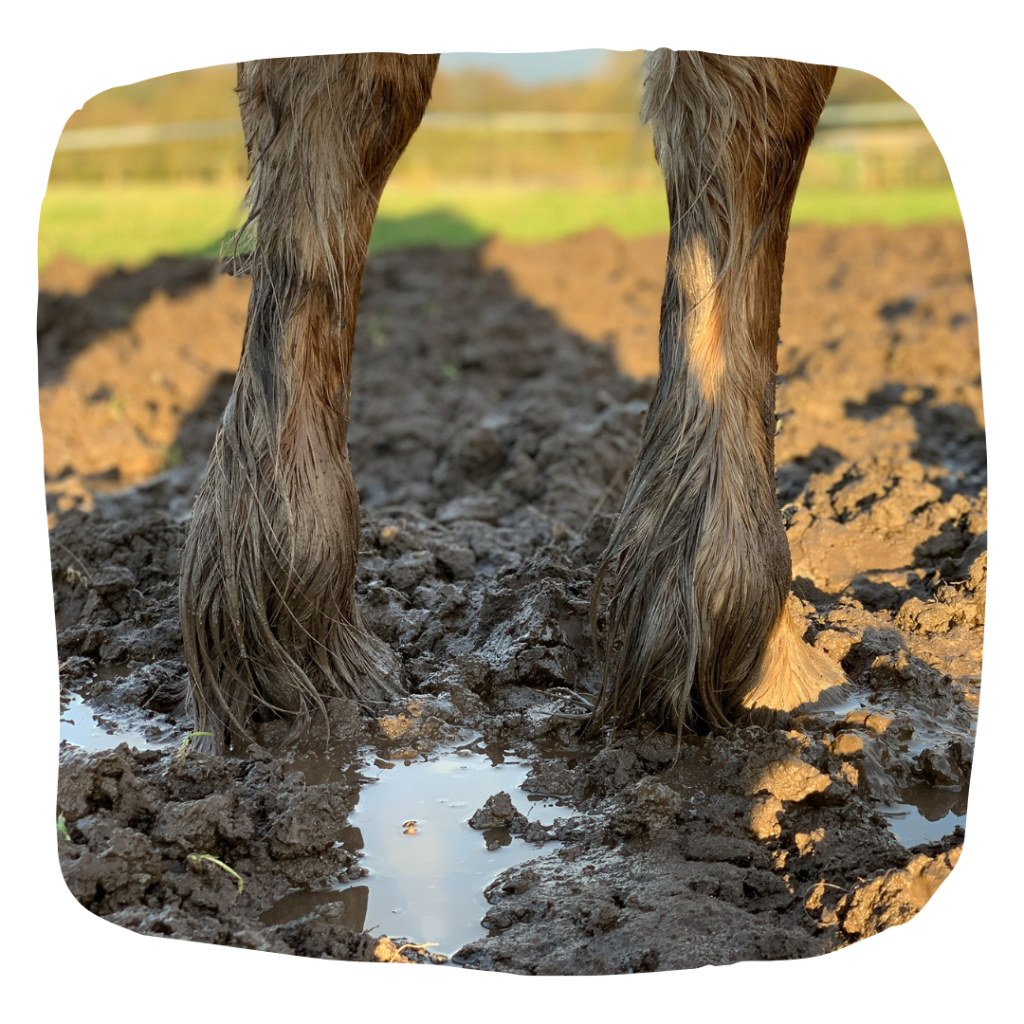
Risk Factors
It is important to note that mud fever can affect horses of all breeds, ages, and disciplines. There are several risk factors that may contribute to lower limb infections such as:
- Standing in wet and muddy conditions for a prolonged period of time
- Standing in soiled and dirty bedding
- Regularly washing legs, especially if they are not dried afterwards
- Broken or damaged skin from a wound, such as an overreach injury
- White legs may be more susceptible as the pink skin under white markings is normally more sensitive than dark skin.
- Breeds with thinner skin such as Thoroughbred or Arabs may be more at risk
- Horses with a weakened immune system - this is normally secondary to another condition, such as Cushing's Disease. Horses who suffer from a weakened immune system may be less able to prevent and fight off infections, making them more prone to health conditions. Horses with a weakened immune system may be harder to treat.
Treatment
The bacteria responsible for the infection can easily penetrate the skin through small cuts or abrasions on the horse's legs. Therefore, it is essential to provide proper care and attention to your horse's legs, including regular cleaning and inspection. In the event of an outbreak, seek veterinary advice, your vet will tailor a treatment plan which is suited to your horse's specific needs. A general treatment plan may include:
- Bringing your horse in out of the wet and muddy conditions to allow the skin to stay clean and dry
- Gently removing loose scabs to help gain easier access to the skin and allow air to reach the infected areas. In some cases your vet may need to use sedation if the area is particularly sore. You should not forcibly remove scabs unless advised by your vet.
- Cleaning the area at least twice a day with a mild disinfectant, such as Leovet Med-Wash Lotion, the leg should be rinsed and patted dry with a fresh towel after cleaning.
- Bandages or boots may be recommended by your vet to help keep the legs clean, provide support and help reduce potential swelling.
- The use of topical creams and ointments to help treat any infection. Your vet will be able to best advise which cream is suitable for your horse.
- You vet may prescribe anti-inflammatory medication or antibiotics if they deem necessary.
- It may be necessary to clip thick feathers in order to allow easier access to the legs and expose the sores. Extra care may be required whilst clipping as the legs may be sensitive.
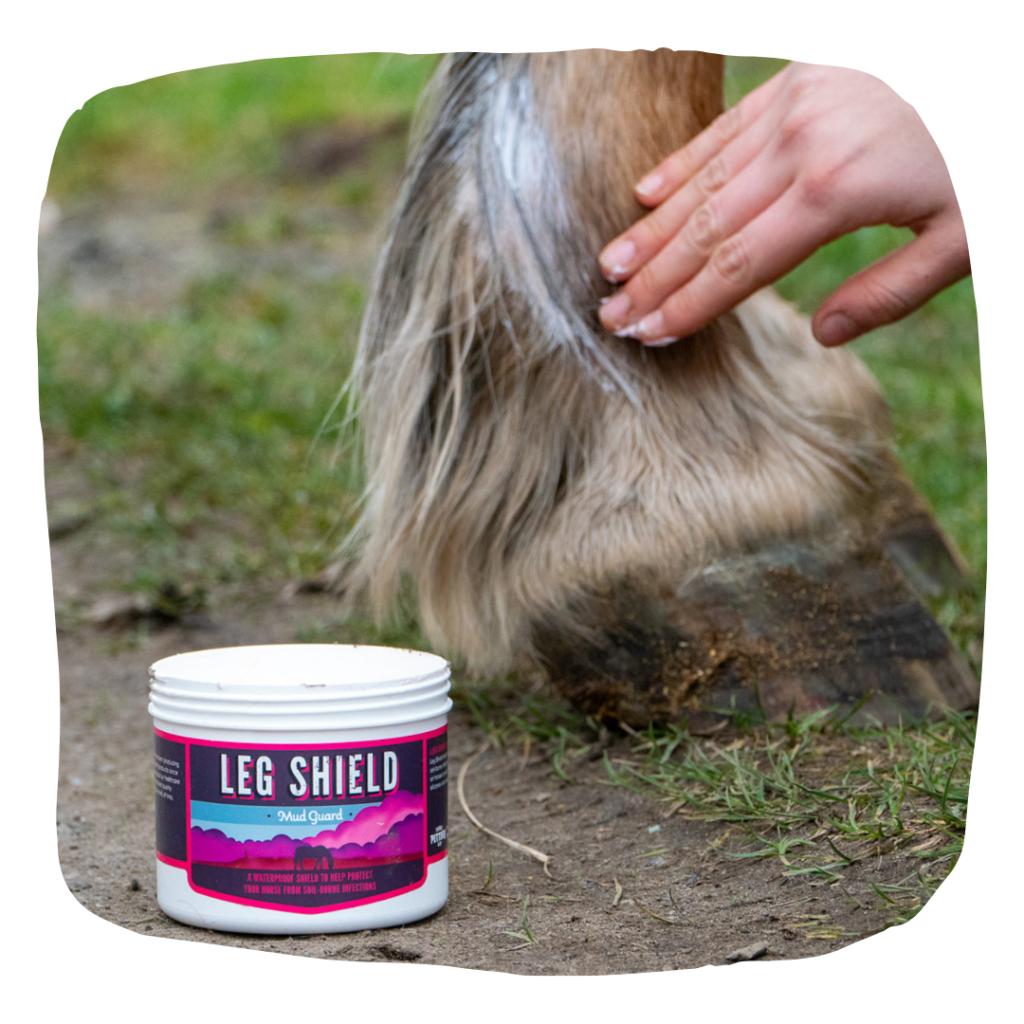
Ultimately, preventing lower limb infections such as mud fever requires a combination of proactive measures and attentive care. By taking these steps, we can help ensure that our equine companions remain healthy and happy.
- Prepare for fireworks…Bonfire season is upon us and it is essential we take precautionary measures to prepare for fireworks when it comes to our horses, this is to ensure we get through this period safely and with as little stress as possible.
- Clipping made easy with LiverymanClipping is a vital component of your horse's grooming regimen. There are many reasons why we clip our horses, one of the main ones is to improve welfare.
- Combating Mud Fever in Equines: Understanding Symptoms, Causes, and TreatmentsMud fever is a common, non-contagious skin condition among horses, which is caused by bacterial infection in damp and muddy living environments.



